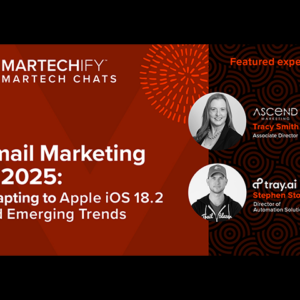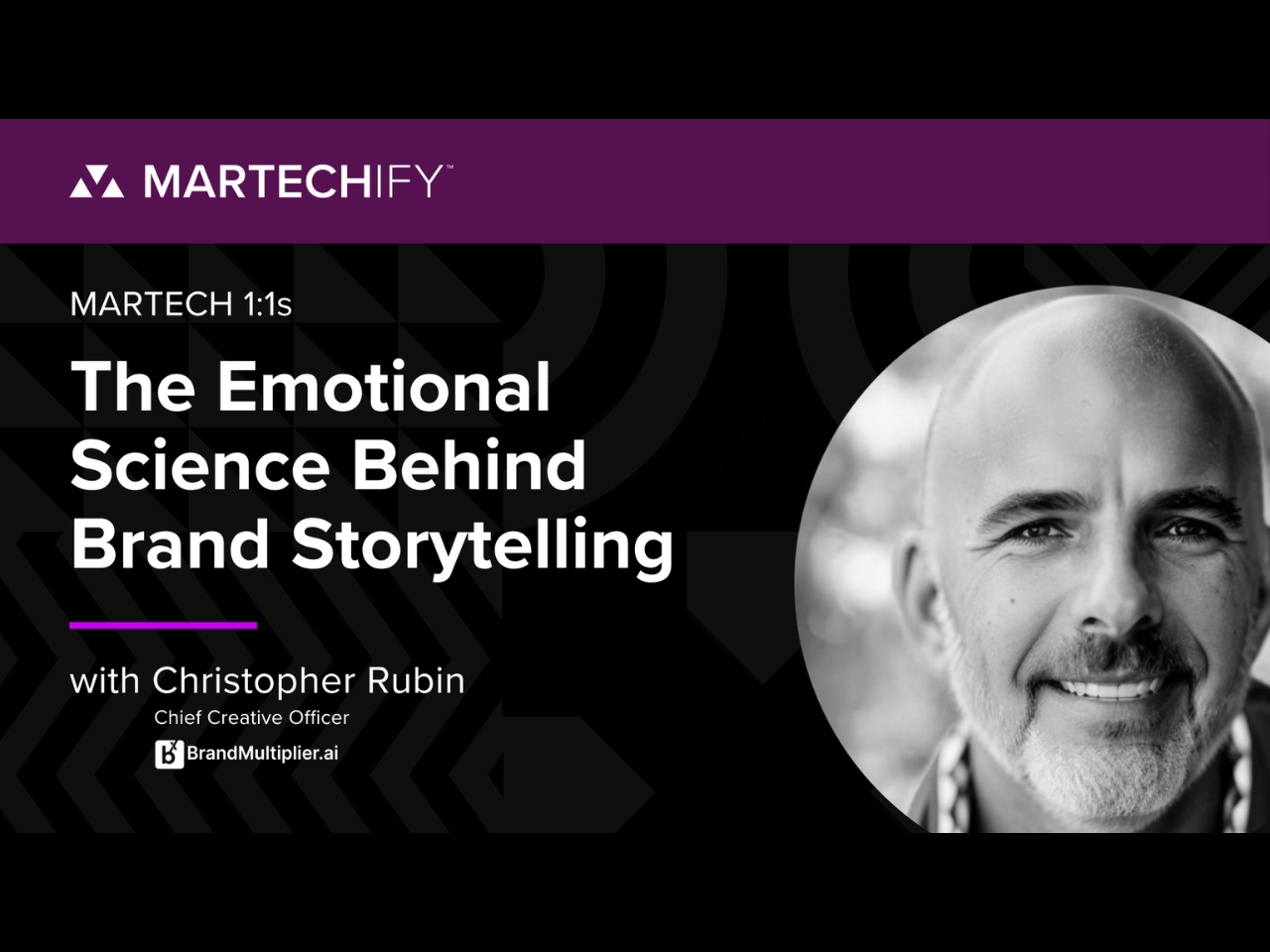Turning Content Chaos into Clarity: How Marketers Can Eliminate the “Content Clutter”
- Gerardo A. Dada, CMO and Field CTO at Catchpoint
- Account Based Marketing (ABM), Content Strategy and Marketing
Are you struggling to cut through the noise in today’s crowded digital landscape? You’re not alone. With marketers churning out endless streams of content, many are left wondering: Is all this effort actually moving the needle? To uncover a smarter way forward, we interviewed Gerardo A. Dada, an experienced marketing leader and CMO and Field CTO at Catchpoint.
With over 20 years of experience in technology marketing, Gerardo has been at the center of web, mobile, social, and cloud revolutions, holding senior positions at SolarWinds, Microsoft, Rackspace, DataCore, and other leading companies. His journey from entrepreneur to marketing executive has given him unique insights into the challenges facing today’s marketers.
The problem with “content clutter”
The traditional marketing approach has fallen into what Gerardo calls the “content machine” trap. This mindset leads to an overwhelming volume of content that fails to deliver real value.
“A lot of marketers are using AI to generate a ton of spammy content or bad content that’s put on the website,” he explains, highlighting a growing problem in the industry.
Recent studies back this up. 42% of B2B marketers admit their content struggles to resonate with audiences because it lacks relevance or depth. Even worse, only 29% of B2B organizations believe their content effectively meets the needs of buyers across the sales funnel.
Why content chaos hurts your business
1. Decision fatigue among buyers
When marketing teams focus on volume rather than value, they contribute to information overload. “Sometimes marketers are attracted to fake KPIs,” Gerardo explains. “Number of downloads for a product or number of leads that you pass into the BDR team is not a real metric.” This focus on metrics without meaning leads to content that serves the marketing machine rather than the buyer’s needs.
2. Misaligned sales enablement
The disconnect between marketing efforts and sales needs creates significant inefficiencies.
As Gerardo points out, “When I looked at the content assets that we had, we had thousands—blog posts, white papers, solution guides, etc. And we kept building more and more and more. And we said, like, how do we expect our sellers to even navigate this amount of content?”
3. Wasted resources and opportunities
The traditional approach to gated content exemplifies this waste. “We spend money creating this asset and we think this asset is helpful for customers to want to buy our products,” Gerardo observes. “And then we put a gate in front of them.” He notes that from testing, he has found that 99% of those potential customers will pass on filling out the form to access the gated content—because they know that they are signing up for sales calls and emails if they do.
The path to clarity: Three foundational principles
1. Anchor everything to your ideal customer profile (ICP)
“We have a very well-defined ICP… and we have a very defined list of 6,000 companies that we believe are the ones that will benefit most from our products,” Gerardo explains. This clarity of focus helps ensure every piece of content serves a specific purpose.
2. Collaborate deeply with sales
The alignment between marketing and sales is crucial. “The marketing team has only one goal, which is revenue and growth. And we share the same goal with sales,” says Gerardo. “Once we have the same goal and the same goal as our CEO, then things become so much easier from that point on. There’s a lot less friction, a lot less discussion about [whether] those are good leads or bad leads. We’re just all committed to making the company successful.”
3. Focus on high-impact content
Rather than publishing constantly, Gerardo advocates for creating fewer, more valuable pieces: “My content philosophy is we’ll publish content or a blog post or newsletter, et cetera, as often as we have something valuable, interesting and educational to say. That is the rule.”
He elaborates, “If we don’t have anything to say for a week, two weeks, I would have our blog be silent. Like, show me one email from a customer saying, ‘Hey, I read your blog post every Tuesday morning. Where is this week’s blog post?’ I never see one of those emails or complaints, right? Because customers are not really that hungry for our content. So, it’s better not to say anything.”
How to design a clarity-driven content strategy
1. Build a foundation of expertise
Gerardo’s team focuses on areas where they have unique knowledge to share. He describes their approach with a BGP (Border Gateway Protocol) guide: “If you open the entire paper, it doesn’t mention Catchpoint one time… It’s probably useful for anybody like any other large company that cares about the internet.”
This approach has proven particularly effective. As Gerardo explains, “Through that paper, we attract not a high number, [but] a small number of companies that care about this. And then they learn more about how we help them with these types of problems. And many of them end up being our customers, and they can become very significant revenue growth opportunities for the company.”
2. Remove unnecessary barriers
“What we did is said, look, we’re going to create high-quality content that we want people not only to have access to without any gates, but we want it to be shared,” Gerardo explains. This approach builds trust and encourages wider distribution of valuable insights.
The strategy extends to event marketing as well. Gerardo notes that potential customers coming to events don’t want to be put on his sales team’s contact list just for a free pair of branded socks.
3. Measure what matters
Instead of focusing on vanity metrics, Gerardo emphasizes the importance of measuring real business impact. “Leads or success in a tactic or any of those metrics are useful sometimes as leading indicators, but those are not what we get paid for,” he says.
The future of content marketing
Ready to take your next step into higher-value content? Gerardo encourages you to “find the best piece of content and just make sure you have beautiful diamonds that are extremely valuable, not a library of thousand books that you’ll never get to read.”
This focus on quality over quantity, combined with a deep understanding of both technology and business needs, points the way forward for B2B content marketing in an increasingly crowded digital landscape.













